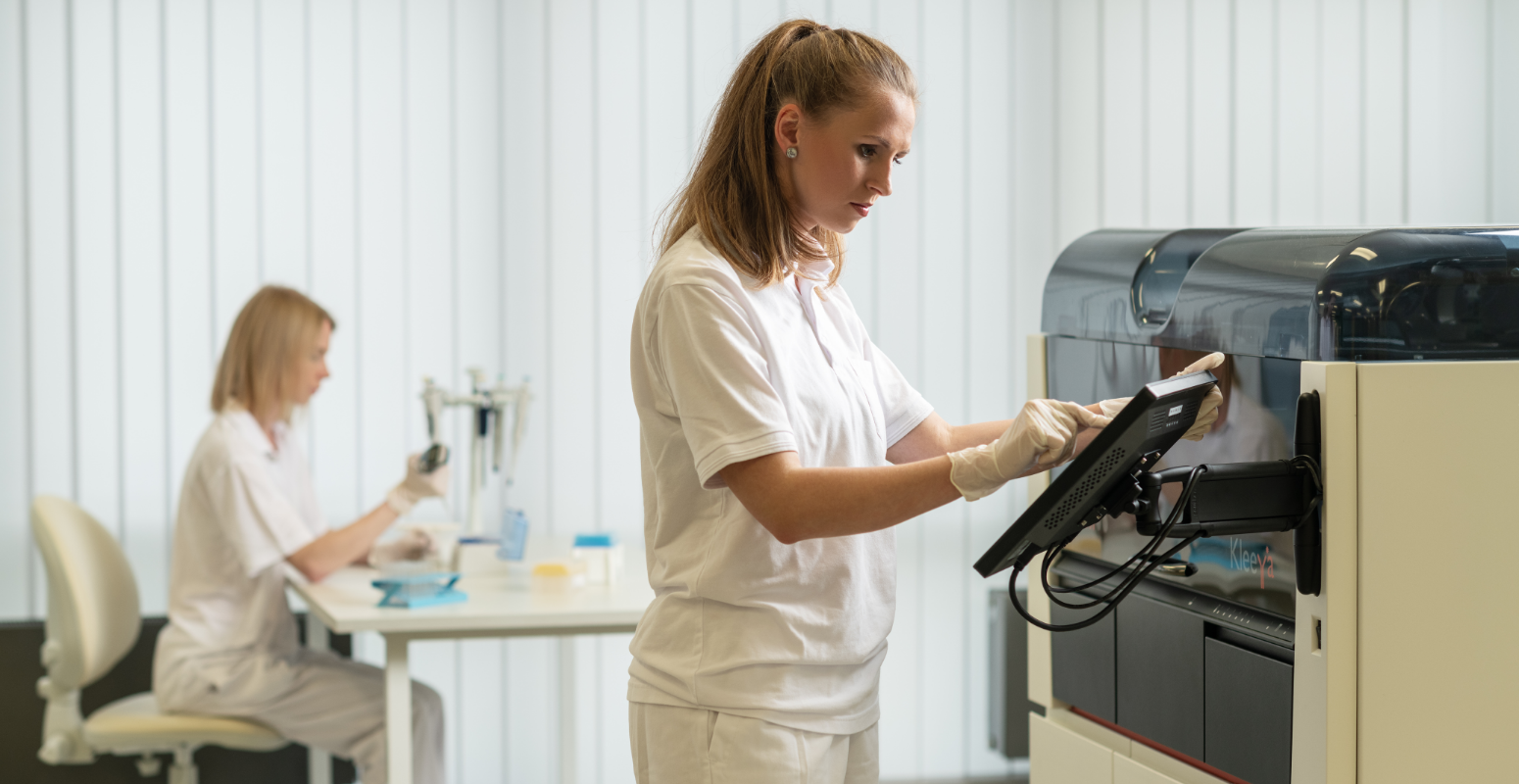HSV infections are common but often hidden. Diagnostics reveal even asymptomatic cases and help protect vulnerable patients.
Herpes simplex virus (HSV) has been with humankind since antiquity. Thanks to modern diagnostics, infections can be detected even in asymptomatic individuals – which is crucial for pregnant women, immunocompromised patients, and those with neurological problems.
Infections caused by HSV have been affecting humans for thousands of years. The ancient Greek physician Hippocrates described characteristic lesions spreading across the skin – a phenomenon that later became synonymous with HSV infections. Even Shakespeare, in his play Romeo and Juliet, hinted at the presence of the virus as a "blister from a sweet kiss".
The word herpes comes from the Greek herpein – to creep – accurately describing how the infection spreads across the skin. Yet it took centuries for the transmission, contagiousness, and neurotropic nature of the virus to be scientifically confirmed. That journey began with the first clinical observation of HSV transmission in 1893, continued through experimental studies in the early 20th century, and led to research into latency and antiviral therapy.
The evolutionary virus that never left us
HSV-1 and HSV-2 evolved alongside our early ancestors. Type 1 is more widespread and of older origin, present in most archaic human populations. According to scientists, HSV-2 was transmitted to humans from chimpanzees approximately 1.6 million years ago. Currently, humans are the only known host that can be infected with both types.
What is the situation today?
- Up to 3.8 billion people under age of 50 (64%) are infected with HSV-1..
- Around 520 million people aged 15–49 (13%) have HSV-2. (Source: WHO)
Why HSV diagnostics matter
Modern laboratory diagnostics offer a reliable way to distinguish active infections from past ones – even in patients without visible symptoms.
HSV testing is especially important:
- in pregnant women, due to the risk of transmission to the newborn,
- in immunocompromised individuals, where infection may present more severely,
- in dermatological and neurological differential diagnosis.
Diagnostic solutions from BioVendor Group
BioVendor Group’s CLIA assays enable fast and accurate detection of both IgG and IgM antibodies against HSV-1 and HSV-2. The combination of high-quality diagnostics and the fully automated KleeYa® platform delivers results in just 30 minutes – ideal for both routine and targeted testing
Key benefits of BioVendor Group’s HSV 1+2 CLIA tests:
- Detection of both IgG and IgM antibodies
- High sensitivity and specificity
- Suitable for routine and risk-based testing
- Fast results thanks to the KleeYa® platform


